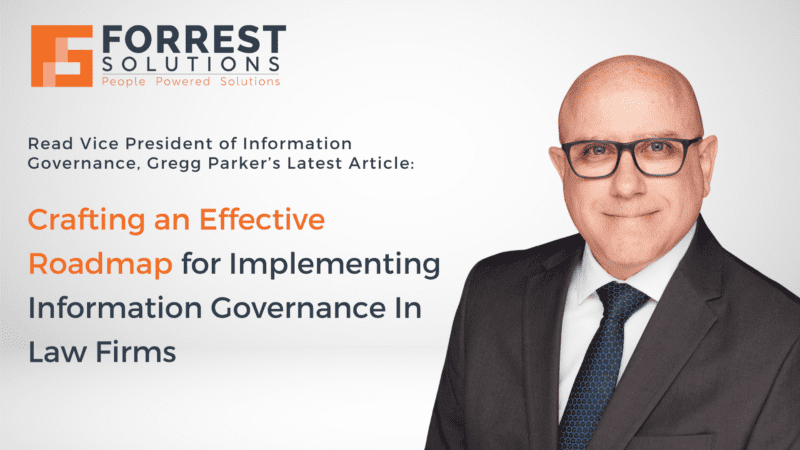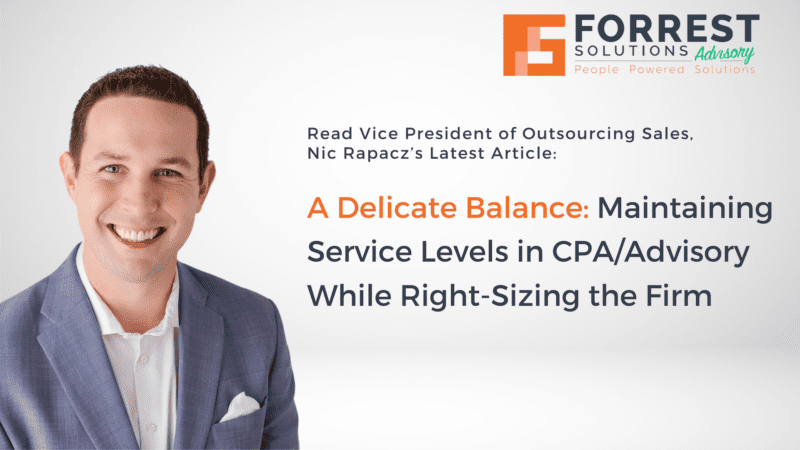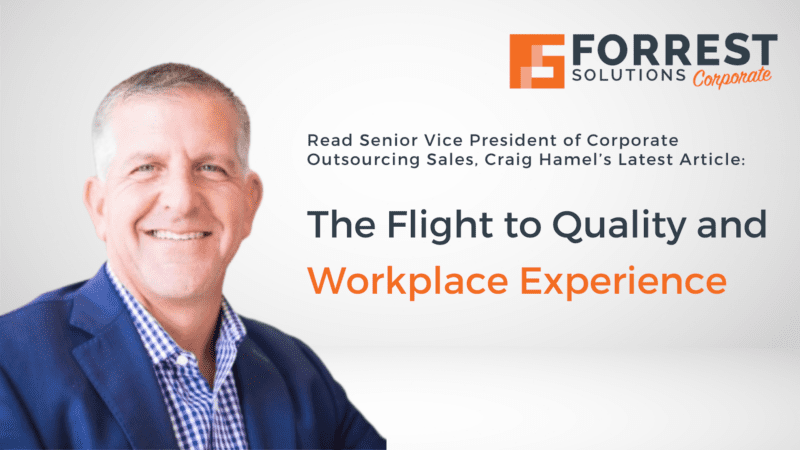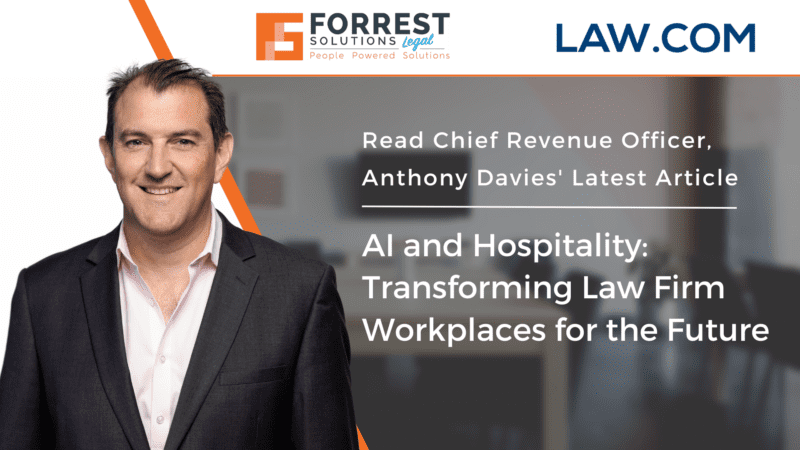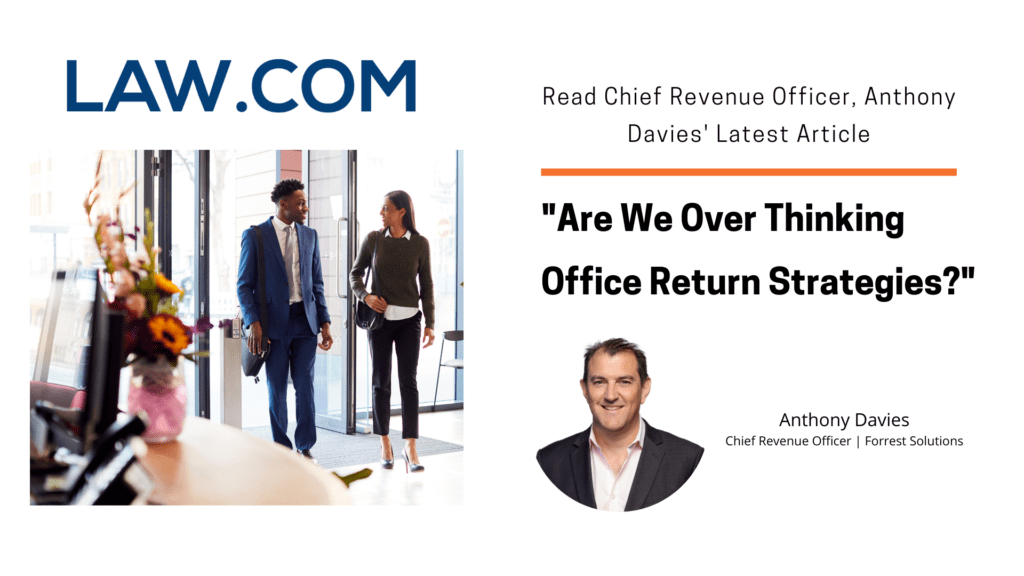
Are We Over Thinking Office Return Strategies?
By Anthony Davies
This article originally appeared in Law.com here
One thing almost all law firm leaders agree on is working in person has huge benefits to building culture, collaboration and mentoring junior members of the firm. To that end, there’s a growing sentiment among law firm leaders that fully remote working will not have a long term positive effective on the success of the firm.
In fact, according to the 2022 Citi Hildebrandt Client Advisory, getting office returns right is still the most pressing challenge facing law firms, and found as well that many firms believe the remote environment has damaged personal relationships at work and the sense of belonging amongst many lawyers — and may be a contributor to the ease with which lawyers, from partners to associates, are moving firms.
The problem is, the longer employees work remotely, the more difficult it becomes to attract them back to the office at all — even on a hybrid schedule. According to studies in Social Psychology, it can take 18 to 254 days for a person to form a new habit, and a median 66 days for a new behavior to become automatic — we are well past the maximum timeframe on both.
Routines based around ‘work from home’ are calcifying, and commuting, parking, sandwich shops and childcare are fading into distant memory. With each passing week, the challenge to win attorneys back into the office increases.
Mandates and Laws of Attraction
Most firms are learning very quickly that mandating a return to the office is a failing plan. Thomson Reuters’ 2022 State of the Legal Market found that when firms mandated any kind of return to the office, even hybrid, those firms experienced double the turnover rate of firms that did not.
Lawyers don’t like to be told what to do, and when recruiting and retention is the number one risk cited by firms — as well as the number one increase in overhead expenses for the past two years — it makes sense to avoid policies that increase that risk and expense.
But law firm leaders must think about more than what their lawyers and staff want, they must also think about what is best for the firm and for clients.
Without a mandate, firms are going to have to earn attorneys’ time in the office by doing something different — they are going to have to, in a word, “attract” attorneys back in.
Here is where law firms can take a page from the book of innovation — which certainly, inventing a hybrid model that is “attractive” to a population segment trained for criticism is a type of innovation. In the technology sector, innovators are encouraged to “fail fast” towards their ultimate goal. Law firms may not be amenable to the word ‘fail’ but instead we could say it is time for firms to “learn fast.”
Like innovators, it’s time to design and roll out RTO initiatives to attract attorneys into the office — and then learn fast. Is the model attractive? Is it promoting the key concepts of culture, relationships and mentorships? Refine, rinse, repeat — and learn.
Pilots and Trials
I have seen a range of firms “learning fast,” from facilities redesign, technology, amenities, screen sizes, luxury coffee and additional layers of hospitality.
As an example, one forward thinking client could not decide which meeting room design and size would work best, so they implemented all of them. After three months of monitoring utilization, the three most utilized designs are now being rolled out nationally. The same client has trialed a wide range of fitness and wellness offerings, including converting a large meeting room into a yoga room. Not everything has proved popular, but the firm now has data to make informed decisions.
Another example is trialing workplace experience which several firms are doing as well. Workplace experience is a hospitality-based, high engagement, white glove service that is transforming law firms’ offices into an experience that is better than home. It is like the Ritz Carlton has come to transform the law firm office into a delightful experience — a very particular workplace experience, that is, that is a highly specialized outsourced service that can only be provided onsite (just like the Ritz Carlton).
This helps the firm provide benefits the lawyers and staff cannot get at home. Just like the home office provides a more comfortable setting, the headquarter office must provide comfort benefits that are better — and from Perkins Coie to Baker Hostetler, to Katten Muchin, many are announcing these new perks and amenities to entice lawyers back to the office, that make the office in a work sense “better” than home.
This can sound like adding permanent headcount, but it’s not. Flexible outsourcing solutions exist to help firms trial new programs like workplace experience, and pivot if initiatives are successful … or not. Even when it comes to hot desking and hoteling as a way for firms to experiment with optimizing their space, over analysis of layouts, booking systems and the support staff needed to make it work, has often put these projects “on-hold.”
Overthinking Is Slow
Overthinking is slow and not helping the firm move forward. At the writing of this, we are in about day 912 of the remote working experiment. Habits are forming that are difficult to unform. If firms are serious about the importance of in-office culture, networking and mentorship, then it’s time to run a pilot that provides real feedback to leadership — and of course, do so in a way where the firm doesn’t get overextended through flexible models. It’s time for firms to take a page from the book of innovation and learn fast.
